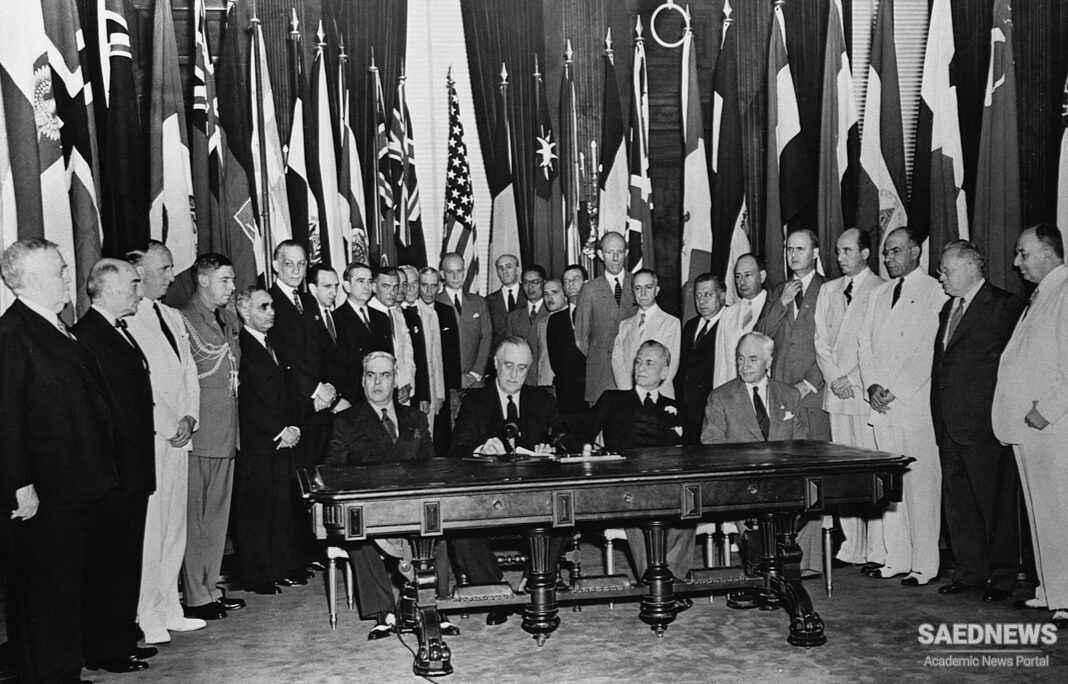This was to begin making preparations for the new organisation, even before it was formally established (which would occur only when the necessary ratifications had been received). It would start setting up the Secretariat; establish the new International Court; and make arrangements for the first meetings of the Assembly and other UN bodies. It would also recommend a permanent location for the new organisation - the responsibility that proved the most lengthy and intractable of its tasks.
Apart from one brief meeting in San Francisco, the Commission did not meet again until the autumn. Meanwhile its work was performed by an executive committee, composed of the same fourteen states which had formed the Executive Committee of the San Francisco Conference. This held its first meetings in London in the middle of August. Gladwyn J ebb, a member of the British delegation at San Francisco, was appointed Executive Secretary. He began immediately to assemble the staff necessary to service the meetings.
The establishment of a smaller body to do much of the donkey work seemed a practical arrangement. But in practice it proved cumbersome and time-consuming. The Executive Committee itself established ten subordinate committees to consider the main individual points to be decided. These then made recommendations to the Executive Committee, which reconsidered the same points. The Preparatory Commission, when it met in November, set up eight main committees to consider many of the same subjects again. The final decisions on each point had to be made by the Preparatory Commission itself. Even then this could only make recommendations to the Assembly. This meant that every point had to be considered at least four times.
Some points could be agreed relatively quickly, and with little controversy. The Executive Committee proposed, and the Preparatory Commission agreed, that the first General Assembly should meet as soon as possible, in a divided session. The first part of the session would be devoted mainly to organisational questions; the second, to be held some mont~s later, would be a normal session devoted to discussing the main issues of the day. The Preparatory Commission, again following the Executive Committee, proposed a structure of six Assembly committees, based on that used in the League. These would, again as in the League, be committees of the whole: in other words, each would have a representative of every member-state. Discussion of most issues would take place in the first place in these committees. There would be a political and security committee; an economic and financial committee; a social, humanitarian and cultural committee; a trusteeship committee; an administrative and budgetary committee; and a legal committee. This structure was finally accepted by the opening Assembly, and became the basic structure to the present day. The only significant change was the subsequent addition of a 'special political committee', a kind of 1 1/2! committee, to consider certain political issues for which there was not time in the First Committee.


 Dumbarton Oaks, US Exceptionalism and UN Reaction
Dumbarton Oaks, US Exceptionalism and UN Reaction














































